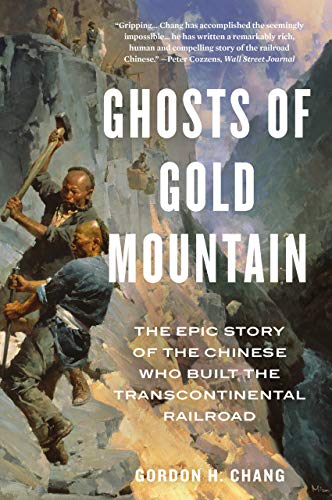Suribachi- Box Elder County, UT
Institution: Utah State Historic Preservation Office
State: Utah
Object: Mortar & Pestle
Era: 20th Century
At the turn of the century, Japanese railroad workers arrived in Utah after the Chinese Exclusion Act of 1882 created a labor shortage. By 1906, there were over 13,000 Japanese railroad workers in the United States. Once settled, they began farming, opening businesses, and starting families. This bowl fragment represents one of Utah’s earliest Japanese-American communities.
When local railroad work began drying up, Japanese immigrants turned to farming. Many raised sugar beets for Daigoro Hashimoto’s Clearfield Canning Company, while others relocated to Box Elder County for Taijiro Kasuga’s strawberry and celery farms. Although we are unsure of its original context, this fragment was recovered in the Grouse Creek region in Box Elder County.
The bowl is part of a mortar and pestle set known as “suribachi & surikogi”. Both tools are used to process sesame seeds, nuts, rice and other ingredients in Japanese cooking. The wooden pestle (surikogi) pushes the contents against the suribachi’s sharp, interior ridges to maximize the grinding effect. Suribachis also range in size, depending on its function. Based on scale, this fragment was most likely a small suribachi for grinding seeds into oil.
More Asian American Artifacts
Sources:
Sweeney, Shari. “Suribachi & Surikogi (Japanese Mortar & Pestle).” A Certain Aesthetic. 26 June 2020.



